Is Driving An SUV Harder Than A Car?
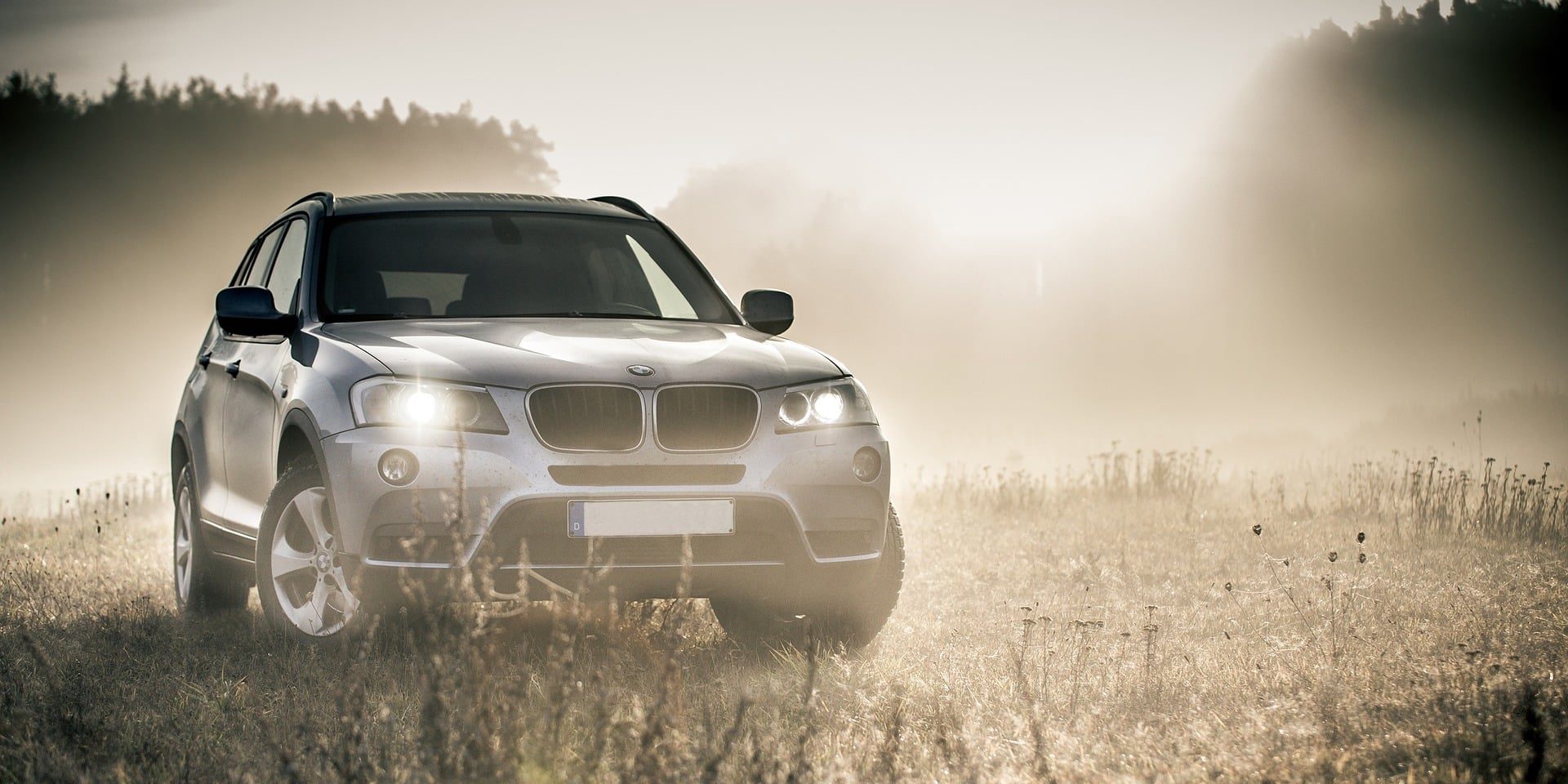
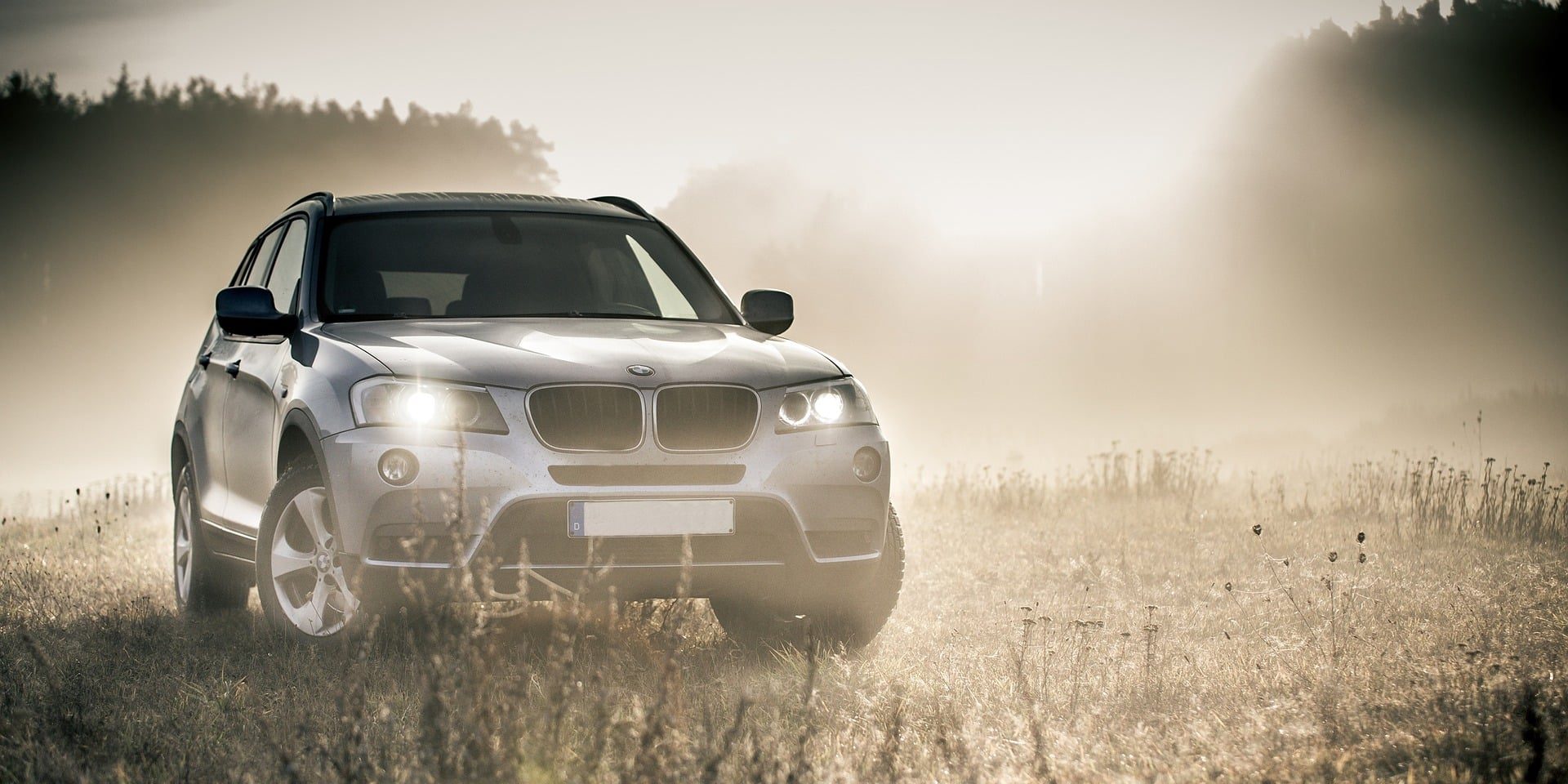
Driving an SUV can be a very different experience, but is driving an SUV harder than a car? Many people find that the larger size and heavier weight of an SUV can make driving it a bit more challenging. It can be more difficult to maneuver around tight corners, and parking can be a bit trickier. The increased visibility of an SUV can also make it a bit more difficult to drive, as the driver needs to be more aware of their surroundings. However, with proper driving technique, the best SUV can be just as easy to handle as a car. With the right practice and attention to the details of driving an SUV, even those who have never driven one before can be quickly comfortable behind the wheel.
What is the difference between driving an SUV and a car?
The most obvious difference between driving a car and an SUV is in the size of the vehicle, although there are other factors that affect how the vehicles are driven. – Weight – The weight of an SUV can be a factor in terms of braking, acceleration, and cornering. Since SUVs are larger, it takes more distance for the driver to stop the vehicle and take the corner. Heavier vehicles also tend to get worse mileage. – Steering – Steering is often a bit more difficult in SUVs due to their height and the fact that they are usually equipped with a power steering system that is more powerful than a car’s manual steering. – Height – SUVs sit higher than cars, making it more difficult to see the road ahead. That said, the higher position also makes it easier to see other vehicles and pedestrians. – Visibility- Driving an SUV can be easier than driving a car, especially for short drivers. The higher driving position and large windows mean that it is easier to see the road ahead.
Pros and cons of driving an SUV
When considering the advantages and disadvantages of driving an SUV, it’s important to remember that driving an SUV doesn’t necessarily present more disadvantages. It might just be that driving a car doesn’t present as many advantages as driving an SUV. Advantages of driving an SUV – Smaller SUVs with smaller engines can be easier to park than a larger car with a larger engine. Many SUVs have a higher ground clearance than cars, which can make them better for off-roading conditions or driving on snow or ice. SUVs are larger on the inside than most cars, which can make them more comfortable for passengers. The larger size of most SUVs can also make them better for families with children and passengers in the back seat. Disadvantages of driving an SUV – The larger size of SUVs can make them harder to handle in some situations. They can be more challenging to drive in a parking space, for example.
Tips for driving an SUV
Pay attention to the road ahead – Since it’s more difficult to see what’s ahead, it’s especially important to keep your eyes on the road when driving an SUV. Make sure to leave lots of extra space when driving behind another vehicle, and use the turn signal regularly. – Use the correct gear – Be sure to use the correct gear when driving up hills or when driving at a slow speed. The transmission in SUVs is different than that of a car, so it’s important to familiarize yourself with the different settings. – Stay focused – Driving an SUV requires a bit more attention and focus than driving a car. It’s important to stay focused when driving an SUV so you can make sure to drive safely and be aware of your surroundings.
Common driving mistakes made in an SUV
Driving an SUV doesn’t make you immune to making common driving mistakes. If you are driving an SUV, you should be just as careful with it as you would be with a car. If you make these mistakes, you could put yourself and others at risk. Be on the lookout for these mistakes when you’re driving an SUV. Driving too fast – If you’re in a smaller SUV, driving too fast can be even riskier than in a larger SUV. Driving too fast can put you at risk for losing control of the car, especially if you are driving on wet roads. Not paying attention – Driving an SUV shouldn’t mean that you are distracted and not paying attention to the road. Be aware of your surroundings, make sure to signal your turns, and don’t use your cellphone while driving.
Techniques to improve your driving in an SUV
Drive slowly on turns
When you are turning, ease your way through the turn so you can keep a better eye on your speed. If you turn too quickly, you might end up driving too quickly and lose control of the car.
Check your mirrors
Check your mirrors to make sure you don’t need to slow down or stop. If you need to do either, be prepared to do so.
Try hands-free driving
Many SUVs offer hands-free communication for a variety of uses. If you need to make a call or send a message while driving, try to use hands-free communication so you aren’t distracted by trying to hold a phone up to your ear.
Safety features to keep in mind when driving an SUV
Anti-lock brakes
ABS brakes are standard on many SUVs. They are especially helpful when driving in wet conditions, when a car might hydroplane and lose control. ABS can help prevent this from happening.
Electronic Stability Control
ESC is a safety feature that is standard on most SUVs. It monitors how the vehicle is being driven and applies the brakes as needed to keep it from spinning out or losing control.
Head-up Display
A head-up display can project information such as the speed of the vehicle and directions onto the windshield. It can help you keep your eyes on the road instead of looking at the dashboard or GPS device.
The importance of regular maintenance for an SUV
Regular maintenance can help keep your SUV safe and reliable, no matter what type of vehicle it is. When you are maintaining your SUV, you are keeping an eye out for any problems that might occur so they can be fixed before they become major issues. The more attention you pay to your SUV’s maintenance needs, the longer it will last. There are a few areas to keep in mind for regular maintenance for SUVs. You’ll want to make sure that you are rotating your tires and making sure your brakes are in good working order. You’ll also want to check the fluids, including oil and transmission fluid, and make sure they are at the right levels. You’ll also want to have your tires rotated every few thousand miles. You may also want to have your alignment checked regularly, depending on how often you drive.
The best driving practices for an SUV
Use your turn signals
It’s important to use your turn signals when changing lanes or turning. Be sure to use them for longer than just a couple of seconds so other drivers know your intentions.
Leave plenty of space between yourself and other vehicles
Since SUVs are larger vehicles, you’ll want to leave more space between yourself and other vehicles.
Slow down in bad weather
Be sure to slow down when driving in wet or snowy conditions. It’s easy to get going too quickly and lose control of the SUV.
Make sure to get regular maintenance
Having your SUV maintained regularly can help keep it safe and running well.
Benefits of driving an SUV
Driving an SUV is a great choice for many people. There are a few benefits to driving an SUV over a car. These can include a more comfortable ride, better visibility, and better gas mileage. Comfortable ride – SUVs are often more comfortable than smaller cars. They often have larger seats and more legroom. Better visibility – Many SUVs have large windows and a higher seating position, allowing you to see the road ahead better. Better gas mileage – Many SUVs offer better gas mileage than cars. Now that you know the difference between driving an SUV and a car, as well as the advantages and disadvantages of driving an SUV, you can decide whether it’s the best choice for you.



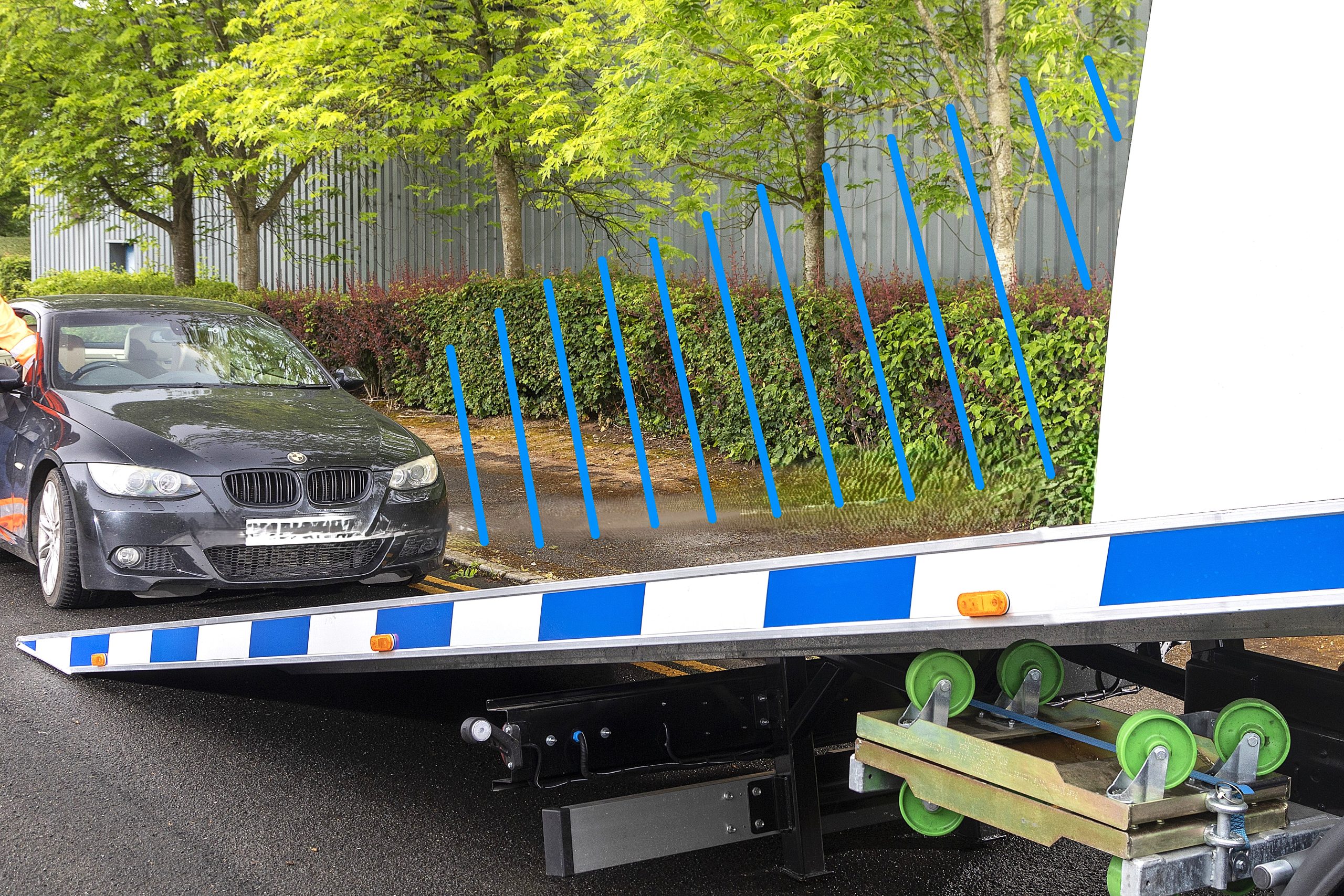

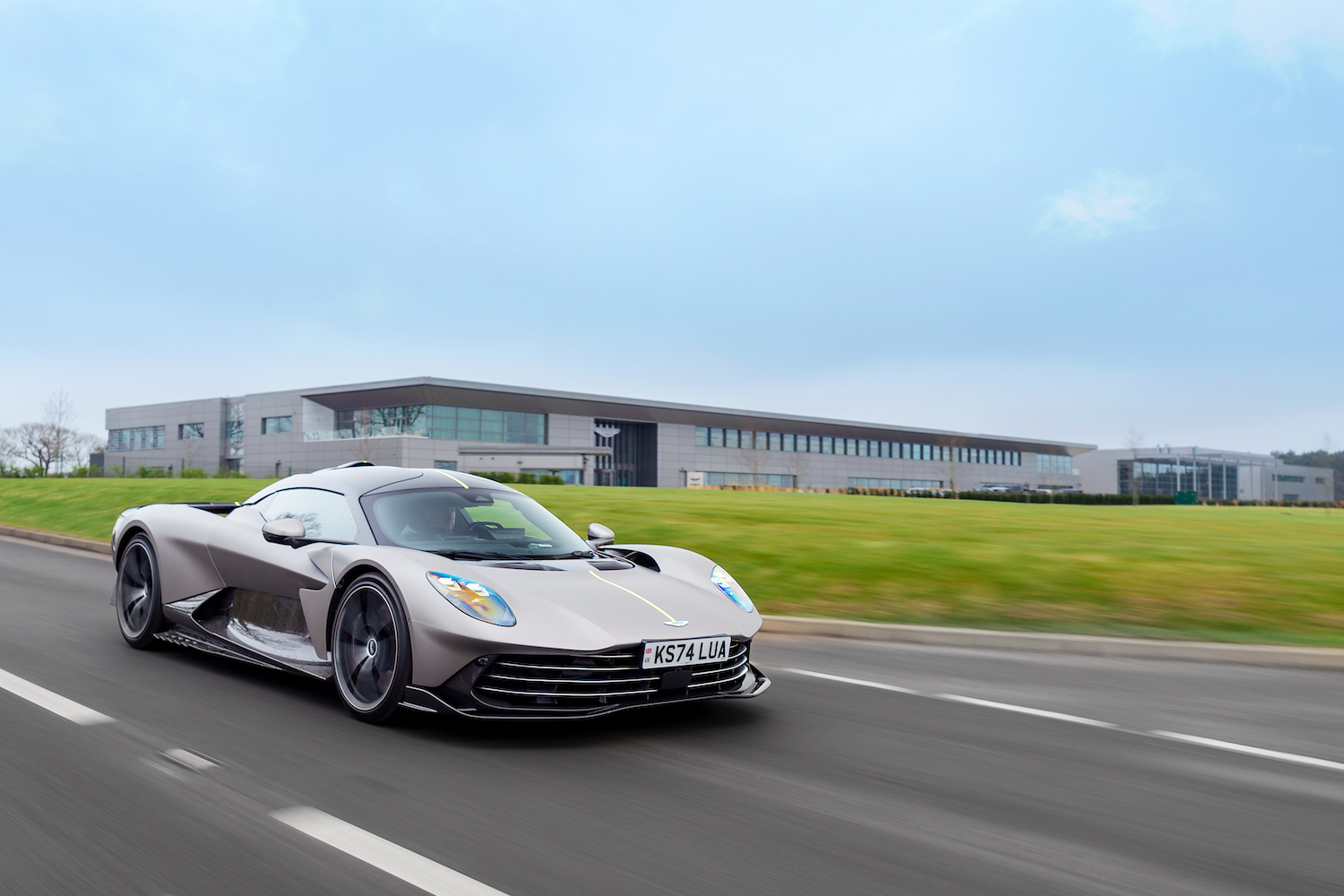




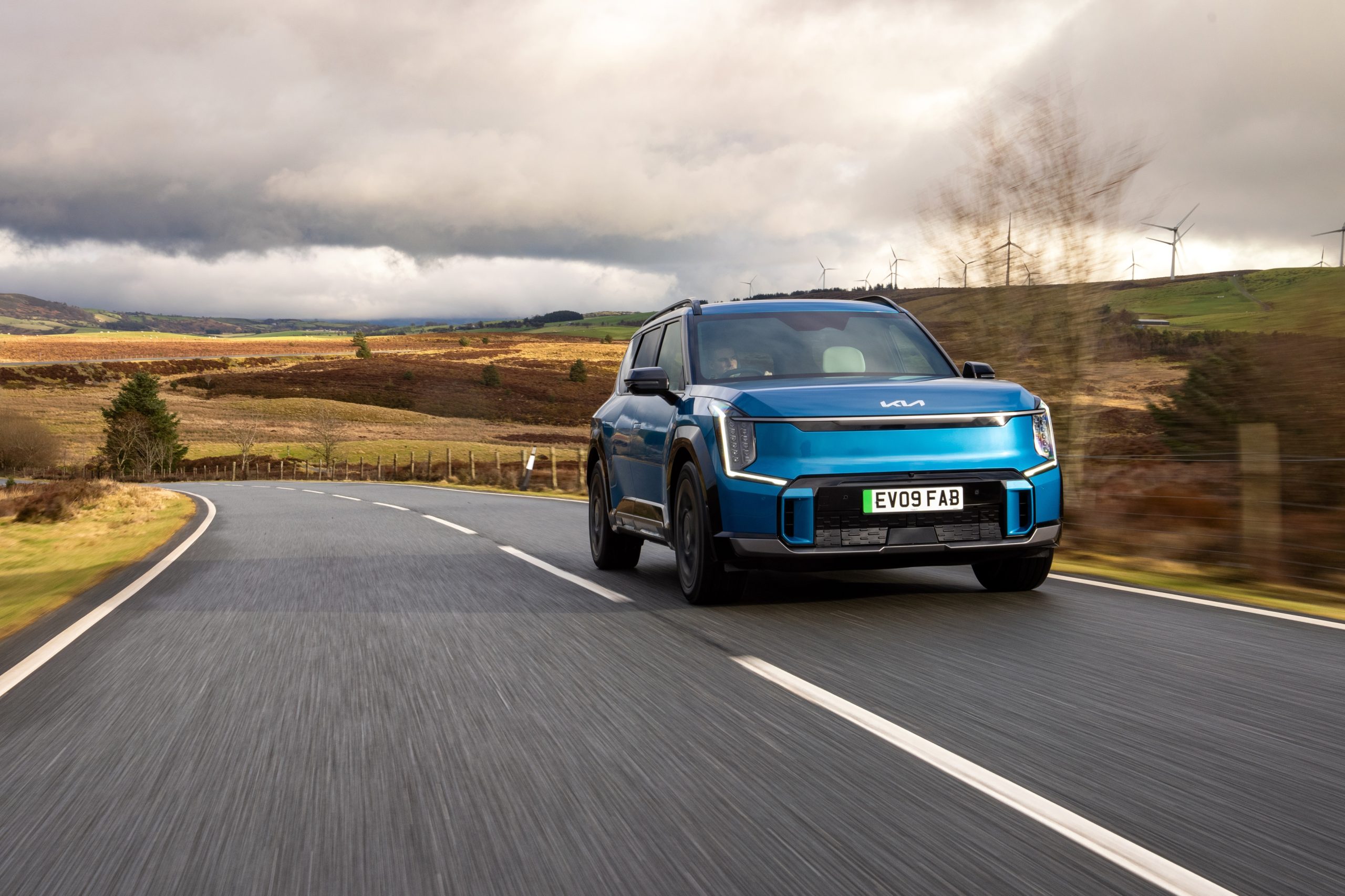
[…] need to consider the type of alignment necessary. This will depend on various factors such as your driving habits and the condition of your car. For front-end alignment or four-wheel alignment, different benefits may apply. Let’s explore […]
[…] addition, driving a car for specific purposes can be problematic too. Intense driving activities like using your automobile […]